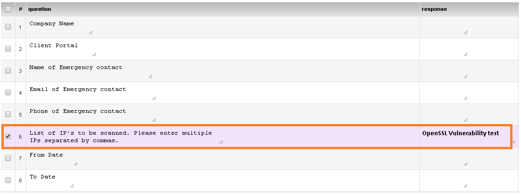

Once the vulnerability became public knowledge, many researchers and vendors have worked to examine the total attack surface.Īs such, there have been reports that this vulnerability can be used to amplify traffic and trigger a DDoS, and expose application configuration files, including the connection strings were database usernames and passwords are clearly visible.

In their advisory, the US-CERT outlines the issue perfectly. The vulnerability itself can be classified as a critical information disclosure issue. So this is a problem with server software, not a problem with certificates. The Heartbleed bug exists because of a flaw in the OpenSSL implementation of the TLS/DTLS heartbeat functionality. Likewise, other inaccurate reports have said that the issue is a problem within the SSL / TLS protocols. The media and some vendors have inaccurately reported the issue as Malware, which is a description far removed from the truth. The name for this bug is a play on words. The Heartbleed bug was fully disclosed to the Internet on April 7, 2014, but the root cause of the problem was introduced to the OpenSSL platform two years-ago. CSO has compiled the following information in order to help administrators and security teams understand the issue, determine their risks, and if needed, fix the problem. "This still is not proof of RCE but it also shows that it cannot be ruled out completely, and the assessment in the advisory is correct in my opinion," Vranken concluded.After only a few days, the Internet is still buzzing with news surrounding, better known as the Heartbleed vulnerability.

mostly dependent on variables which the attacker may be able to know or control." he added. mostly independent of the private key and other variables which the attacker definitely cannot know or control. "However in my blog post I show that the bytes which are written to memory are: "Perhaps this person thinks that because a private key is involved (which the attacker does not know), the attacker definitely cannot control the bytes with which the memory is overwritten, which is generally a precondition for memory corruption RCE." Vranken said.
Openssl vulnerability code#
Speaking to iTnews, Vranken explained that remote code execution due to the bug is a possibility. The bug has sparked discussion among security researchers about whether or not it's a remotely exploitable vulnerability, or a flaw causing a denial of service condition, both of which are deemed serious issues. Update The above memory corruption bug was analysed by Guido Vranken at the end of June this year, with the security researcher staying it could be trivially triggered by an attacker.


 0 kommentar(er)
0 kommentar(er)
